Selling to an EOT – essential early questions
Employee Ownership Trusts (EOTs) offer a popular and flexible succession solution for private company owners. A key advantage is that sellers pay no capital gains tax if they sell to an EOT.
The EOT model is becoming more widely accepted as a genuine commercial ownership structure for businesses. The Employee Ownership Association reported a 37% increase in the number of employee-owned businesses last year. Many of them use the EOT model of ownership.
If you’re considering an Employee Ownership Trust as an exit route, bear a few points in mind:
How is your business currently structured?
If your business is not a limited company – eg a partnership – you will need to restructure before you sell to an EOT.
Is your business family owned?
Most businesses will qualify for an EOT. However, if your company is a family owned business, and you employ a significant number of family members (including spouses and relatives), you may need to check that your business meets the “Limited Participator” test (see our previous blog).
How much do you want to get for the sale of your business?
It may be possible to get a higher price for your business if you sell to a third party or an external investor. However, third party sales are more complex, disruptive and time consuming than a sale to an EOT. In addition, the price is subject to significant negotiation, and it’s not unusual for a deal to “fall over” well into the process. This is not the case with an EOT transaction, as the price is set early on in the process, and the transaction is non-adversarial. For more information on valuation questions in an EOT, see our previous blog.
How much of your business do you want to sell?
Many business owners sell 100% of their shares to an EOT, but it’s quite common for owners to retain an interest in the company. You can keep nearly half of your shares if you want to, as long as the EOT has a controlling interest in the company after the transaction.
What is your succession plan?
At the time of the sale, you may have a clear succession plan, with the next generation of directors already firmly in place. However, you can manage the succession plan at your own pace. Even if you sell all of your shares, you can remain as a director after the sale to help manage the transition and ensure your business stays on track.
RM2 has helped close to 100 companies transition to EOT status, so we’ve got plenty of experience answering all these questions. What’s more, we recognise that EOT ownership isn’t for everyone. If an EOT is not the right model for your business, we’ll be sure to tell you so that you can find the best direction for you and your company.
If you’re thinking about an EOT and whether it is right for you, please contact us on enquiries@rm2.co.uk to arrange a free consultation with one of our specialist advisors.


